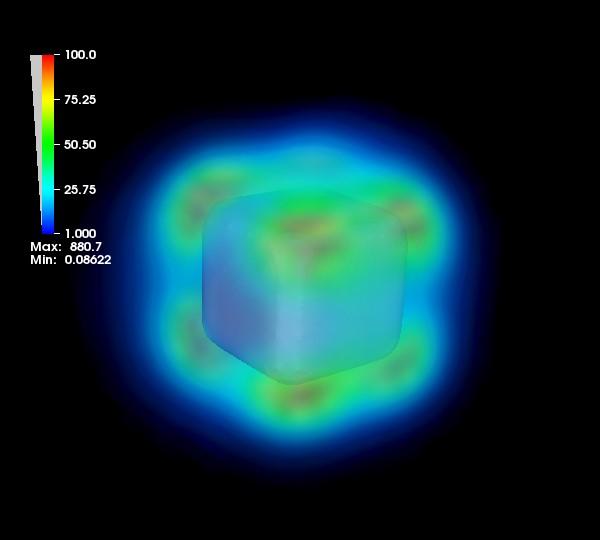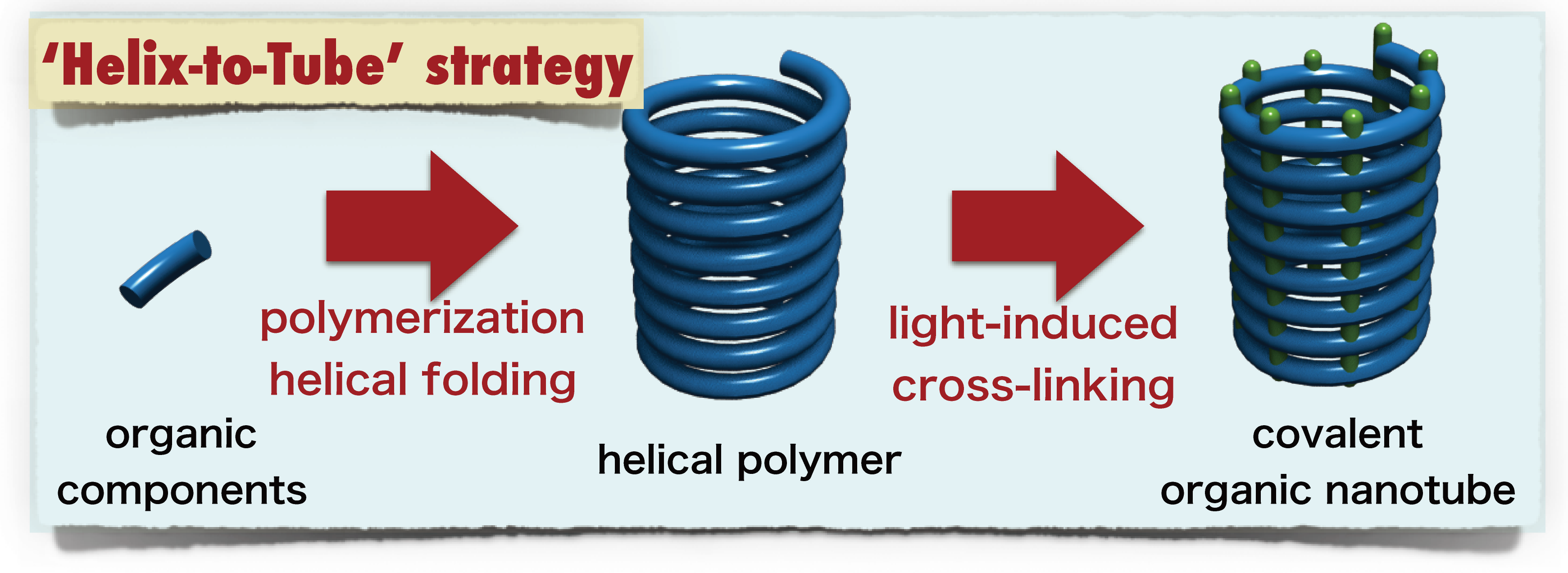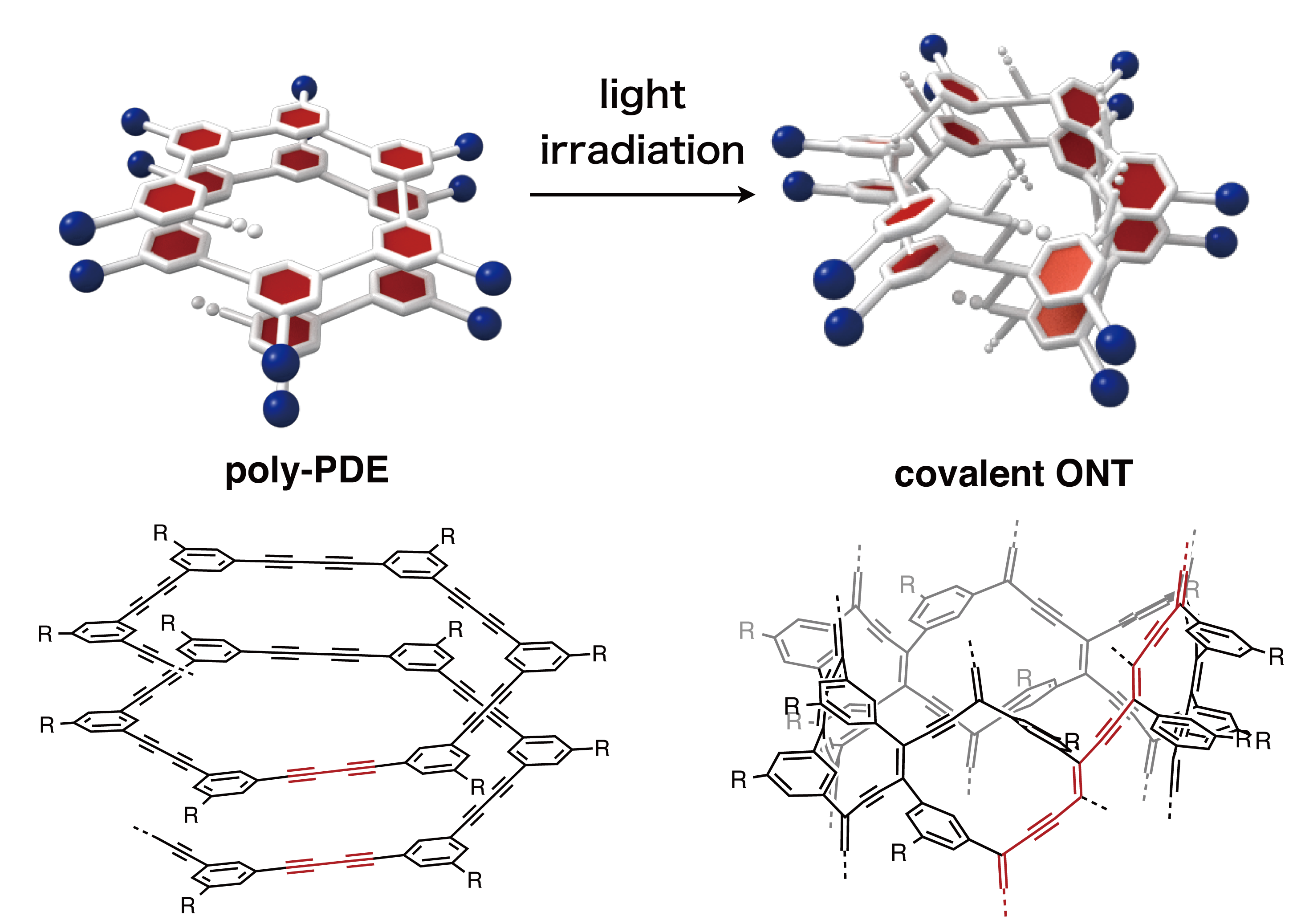Peering into the future is always a chancy business as anyone who’s seen those film shorts from the 1950’s and 60’s which speculate exuberantly as to what the future will bring knows.
A sober approach (appropriate to our times) has been taken in a study about the impact that artificial intelligence might have by 2030. From a Sept. 1, 2016 Stanford University news release (also on EurekAlert) by Tom Abate (Note: Links have been removed),
A panel of academic and industrial thinkers has looked ahead to 2030 to forecast how advances in artificial intelligence (AI) might affect life in a typical North American city – in areas as diverse as transportation, health care and education – and to spur discussion about how to ensure the safe, fair and beneficial development of these rapidly emerging technologies.
Titled “Artificial Intelligence and Life in 2030,” this year-long investigation is the first product of the One Hundred Year Study on Artificial Intelligence (AI100), an ongoing project hosted by Stanford to inform societal deliberation and provide guidance on the ethical development of smart software, sensors and machines.
“We believe specialized AI applications will become both increasingly common and more useful by 2030, improving our economy and quality of life,” said Peter Stone, a computer scientist at the University of Texas at Austin and chair of the 17-member panel of international experts. “But this technology will also create profound challenges, affecting jobs and incomes and other issues that we should begin addressing now to ensure that the benefits of AI are broadly shared.”
The new report traces its roots to a 2009 study that brought AI scientists together in a process of introspection that became ongoing in 2014, when Eric and Mary Horvitz created the AI100 endowment through Stanford. AI100 formed a standing committee of scientists and charged this body with commissioning periodic reports on different aspects of AI over the ensuing century.
“This process will be a marathon, not a sprint, but today we’ve made a good start,” said Russ Altman, a professor of bioengineering and the Stanford faculty director of AI100. “Stanford is excited to host this process of introspection. This work makes practical contribution to the public debate on the roles and implications of artificial intelligence.”
The AI100 standing committee first met in 2015, led by chairwoman and Harvard computer scientist Barbara Grosz. It sought to convene a panel of scientists with diverse professional and personal backgrounds and enlist their expertise to assess the technological, economic and policy implications of potential AI applications in a societally relevant setting.
“AI technologies can be reliable and broadly beneficial,” Grosz said. “Being transparent about their design and deployment challenges will build trust and avert unjustified fear and suspicion.”
The report investigates eight domains of human activity in which AI technologies are beginning to affect urban life in ways that will become increasingly pervasive and profound by 2030.
The 28,000-word report includes a glossary to help nontechnical readers understand how AI applications such as computer vision might help screen tissue samples for cancers or how natural language processing will allow computerized systems to grasp not simply the literal definitions, but the connotations and intent, behind words.
The report is broken into eight sections focusing on applications of AI. Five examine application arenas such as transportation where there is already buzz about self-driving cars. Three other sections treat technological impacts, like the section on employment and workplace trends which touches on the likelihood of rapid changes in jobs and incomes.
“It is not too soon for social debate on how the fruits of an AI-dominated economy should be shared,” the researchers write in the report, noting also the need for public discourse.
“Currently in the United States, at least sixteen separate agencies govern sectors of the economy related to AI technologies,” the researchers write, highlighting issues raised by AI applications: “Who is responsible when a self-driven car crashes or an intelligent medical device fails? How can AI applications be prevented from [being used for] racial discrimination or financial cheating?”
The eight sections discuss:
Transportation: Autonomous cars, trucks and, possibly, aerial delivery vehicles may alter how we commute, work and shop and create new patterns of life and leisure in cities.
Home/service robots: Like the robotic vacuum cleaners already in some homes, specialized robots will clean and provide security in live/work spaces that will be equipped with sensors and remote controls.
Health care: Devices to monitor personal health and robot-assisted surgery are hints of things to come if AI is developed in ways that gain the trust of doctors, nurses, patients and regulators.
Education: Interactive tutoring systems already help students learn languages, math and other skills. More is possible if technologies like natural language processing platforms develop to augment instruction by humans.
Entertainment: The conjunction of content creation tools, social networks and AI will lead to new ways to gather, organize and deliver media in engaging, personalized and interactive ways.
Low-resource communities: Investments in uplifting technologies like predictive models to prevent lead poisoning or improve food distributions could spread AI benefits to the underserved.
Public safety and security: Cameras, drones and software to analyze crime patterns should use AI in ways that reduce human bias and enhance safety without loss of liberty or dignity.
Employment and workplace: Work should start now on how to help people adapt as the economy undergoes rapid changes as many existing jobs are lost and new ones are created.
“Until now, most of what is known about AI comes from science fiction books and movies,” Stone said. “This study provides a realistic foundation to discuss how AI technologies are likely to affect society.”
Grosz said she hopes the AI 100 report “initiates a century-long conversation about ways AI-enhanced technologies might be shaped to improve life and societies.”
You can find the A100 website here, and the group’s first paper: “Artificial Intelligence and Life in 2030” here. Unfortunately, I don’t have time to read the report but I hope to do so soon.
The AI100 website’s About page offered a surprise,
This effort, called the One Hundred Year Study on Artificial Intelligence, or AI100, is the brainchild of computer scientist and Stanford alumnus Eric Horvitz who, among other credits, is a former president of the Association for the Advancement of Artificial Intelligence.
In that capacity Horvitz convened a conference in 2009 at which top researchers considered advances in artificial intelligence and its influences on people and society, a discussion that illuminated the need for continuing study of AI’s long-term implications.
Now, together with Russ Altman, a professor of bioengineering and computer science at Stanford, Horvitz has formed a committee that will select a panel to begin a series of periodic studies on how AI will affect automation, national security, psychology, ethics, law, privacy, democracy and other issues.
“Artificial intelligence is one of the most profound undertakings in science, and one that will affect every aspect of human life,” said Stanford President John Hennessy, who helped initiate the project. “Given’s Stanford’s pioneering role in AI and our interdisciplinary mindset, we feel obliged and qualified to host a conversation about how artificial intelligence will affect our children and our children’s children.”
Five leading academicians with diverse interests will join Horvitz and Altman in launching this effort. They are:
- Barbara Grosz, the Higgins Professor of Natural Sciences at HarvardUniversity and an expert on multi-agent collaborative systems;
- Deirdre K. Mulligan, a lawyer and a professor in the School of Information at the University of California, Berkeley, who collaborates with technologists to advance privacy and other democratic values through technical design and policy;
This effort, called the One Hundred Year Study on Artificial Intelligence, or AI100, is the brainchild of computer scientist and Stanford alumnus Eric Horvitz who, among other credits, is a former president of the Association for the Advancement of Artificial Intelligence.
In that capacity Horvitz convened a conference in 2009 at which top researchers considered advances in artificial intelligence and its influences on people and society, a discussion that illuminated the need for continuing study of AI’s long-term implications.
Now, together with Russ Altman, a professor of bioengineering and computer science at Stanford, Horvitz has formed a committee that will select a panel to begin a series of periodic studies on how AI will affect automation, national security, psychology, ethics, law, privacy, democracy and other issues.
“Artificial intelligence is one of the most profound undertakings in science, and one that will affect every aspect of human life,” said Stanford President John Hennessy, who helped initiate the project. “Given’s Stanford’s pioneering role in AI and our interdisciplinary mindset, we feel obliged and qualified to host a conversation about how artificial intelligence will affect our children and our children’s children.”
Five leading academicians with diverse interests will join Horvitz and Altman in launching this effort. They are:
- Barbara Grosz, the Higgins Professor of Natural Sciences at HarvardUniversity and an expert on multi-agent collaborative systems;
- Deirdre K. Mulligan, a lawyer and a professor in the School of Information at the University of California, Berkeley, who collaborates with technologists to advance privacy and other democratic values through technical design and policy;
- Yoav Shoham, a professor of computer science at Stanford, who seeks to incorporate common sense into AI;
- Tom Mitchell, the E. Fredkin University Professor and chair of the machine learning department at Carnegie Mellon University, whose studies include how computers might learn to read the Web;
- and Alan Mackworth, a professor of computer science at the University of British Columbia [emphases mine] and the Canada Research Chair in Artificial Intelligence, who built the world’s first soccer-playing robot.
I wasn’t expecting to see a Canadian listed as a member of the AI100 standing committee and then I got another surprise (from the AI100 People webpage),
Study Panels
Study Panels are planned to convene every 5 years to examine some aspect of AI and its influences on society and the world. The first study panel was convened in late 2015 to study the likely impacts of AI on urban life by the year 2030, with a focus on typical North American cities.
2015 Study Panel Members
- Peter Stone, UT Austin, Chair
- Rodney Brooks, Rethink Robotics
- Erik Brynjolfsson, MIT
- Ryan Calo, University of Washington
- Oren Etzioni, Allen Institute for AI
- Greg Hager, Johns Hopkins University
- Julia Hirschberg, Columbia University
- Shivaram Kalyanakrishnan, IIT Bombay
- Ece Kamar, Microsoft
- Sarit Kraus, Bar Ilan University
- Kevin Leyton-Brown, [emphasis mine] UBC [University of British Columbia]
- David Parkes, Harvard
- Bill Press, UT Austin
- AnnaLee (Anno) Saxenian, Berkeley
- Julie Shah, MIT
- Milind Tambe, USC
- Astro Teller, Google[X]
- [emphases mine] and the Canada Research Chair in Artificial Intelligence, who built the world’s first soccer-playing robot.
I wasn’t expecting to see a Canadian listed as a member of the AI100 standing committee and then I got another surprise (from the AI100 People webpage),
Study Panels
Study Panels are planned to convene every 5 years to examine some aspect of AI and its influences on society and the world. The first study panel was convened in late 2015 to study the likely impacts of AI on urban life by the year 2030, with a focus on typical North American cities.
2015 Study Panel Members
- Peter Stone, UT Austin, Chair
- Rodney Brooks, Rethink Robotics
- Erik Brynjolfsson, MIT
- Ryan Calo, University of Washington
- Oren Etzioni, Allen Institute for AI
- Greg Hager, Johns Hopkins University
- Julia Hirschberg, Columbia University
- Shivaram Kalyanakrishnan, IIT Bombay
- Ece Kamar, Microsoft
- Sarit Kraus, Bar Ilan University
- Kevin Leyton-Brown, [emphasis mine] UBC [University of British Columbia]
- David Parkes, Harvard
- Bill Press, UT Austin
- AnnaLee (Anno) Saxenian, Berkeley
- Julie Shah, MIT
- Milind Tambe, USC
- Astro Teller, Google[X]
I see they have representation from Israel, India, and the private sector as well. Refreshingly, there’s more than one woman on the standing committee and in this first study group. It’s good to see these efforts at inclusiveness and I’m particularly delighted with the inclusion of an organization from Asia. All too often inclusiveness means Europe, especially the UK. So, it’s good (and I think important) to see a different range of representation.
As for the content of report, should anyone have opinions about it, please do let me know your thoughts in the blog comments.






